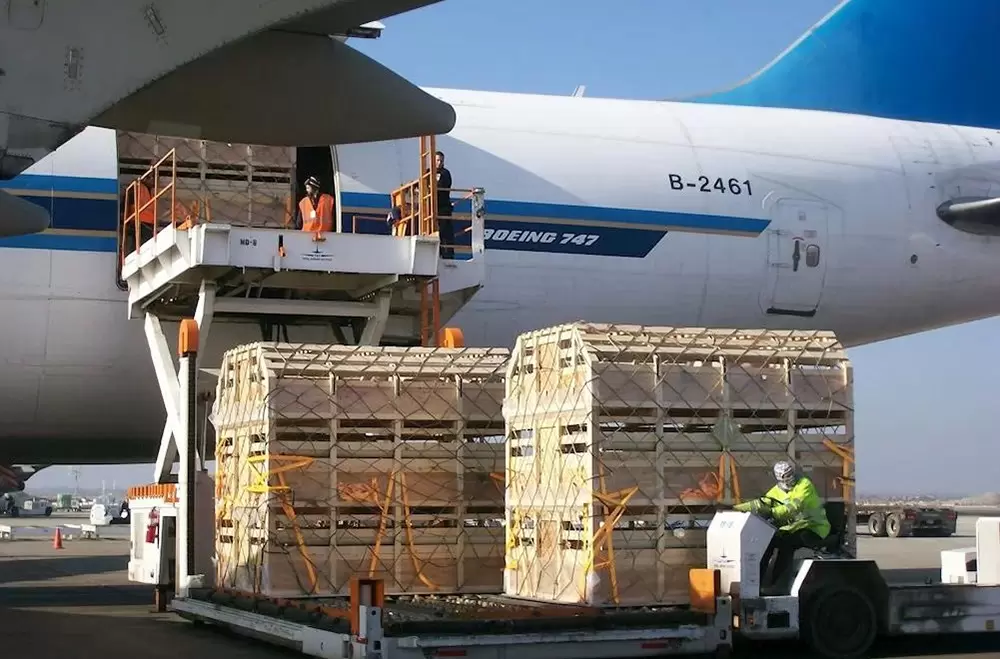In today's globalized economy, efficient transportation is a critical component of supply chain management. Companies are constantly seeking ways to minimize costs while maximizing service levels. One of the most pressing questions in logistics and transportation management is: Which method gives the least transportation cost? This article delves into various transportation methods, analyzing their cost structures, advantages, and limitations, to help businesses make informed decisions.
Understanding Transportation Costs
Before we explore specific methods, it’s essential to understand the components of transportation costs. These typically include:
- Direct Costs: Fuel, labor, vehicle maintenance, and tolls.
- Indirect Costs: Administrative expenses, insurance, and depreciation.
- Opportunity Costs: The cost of capital tied up in inventory and the potential revenue lost due to delays.
Transportation Methods Overview
There are several transportation methods available, each with its unique cost implications. The primary methods include:
- Road Transportation
- Rail Transportation
- Air Transportation
- Maritime Transportation
- Intermodal Transportation
- Road Transportation
Cost Structure: Road transportation is often favored for its flexibility and speed. However, costs can vary significantly based on distance, fuel prices, and vehicle type.
Advantages:
- Door-to-door service.
- Quick transit times for short distances.
Limitations:
- Higher costs for long distances.
- Vulnerable to traffic delays and regulations.
- Rail Transportation
Cost Structure: Rail transport is generally more cost-effective for bulk shipments over long distances. The fixed costs of rail infrastructure can be high, but the variable costs per ton-mile are lower than road transport.
Advantages:
- Economical for large volumes.
- Environmentally friendly.
Limitations:
- Limited to rail networks.
- Slower transit times compared to road and air.
- Air Transportation
Cost Structure: Air freight is the most expensive method, primarily due to fuel costs, security, and handling fees. However, it offers the fastest delivery times.
Advantages:
- Speed is unmatched.
- Ideal for high-value, low-volume goods.
Limitations:
- High costs make it impractical for bulk shipments.
- Subject to strict regulations and capacity constraints.
- Maritime Transportation
Cost Structure: Maritime transport is the most cost-effective method for international shipping of large volumes. The costs are influenced by fuel prices, port fees, and shipping line charges.
Advantages:
- Economical for bulk and heavy goods.
- Lower environmental impact per ton-mile.
Limitations:
- Longer transit times.
- Vulnerable to weather disruptions and port congestion.
- Intermodal Transportation
Cost Structure: Intermodal transport combines multiple methods (e.g., rail and truck) to optimize costs. It leverages the strengths of each mode while minimizing their weaknesses.
Advantages:
- Flexibility and efficiency.
- Cost savings through optimized routing.
Limitations:
- Complexity in coordination.
- Potential for delays during transfers.
Cost Comparison and Decision-Making
To determine which method gives the least transportation cost, businesses must conduct a thorough cost-benefit analysis tailored to their specific needs. Here are some key considerations:
- Volume and Weight of Goods: Bulk shipments favor rail and maritime, while smaller, high-value items may be better suited for air transport.
- Distance: For short distances, road transport may be most cost-effective, while long distances may benefit from rail or maritime options.
- Delivery Time Requirements: If speed is essential, air transport may be necessary despite the higher costs.
- Geographical Constraints: Availability of infrastructure and routes can significantly impact costs.
- Environmental Considerations: Companies increasingly factor in sustainability, which can influence the choice of transportation method.
Conclusion
In conclusion, the question of which method gives the least transportation cost is not one-size-fits-all. It requires a nuanced understanding of the specific logistics needs of a business, including the nature of the goods, distance, urgency, and cost constraints. By carefully analyzing these factors and considering the strengths and weaknesses of each transportation method, companies can make informed decisions that not only minimize costs but also enhance overall supply chain efficiency.

